According to news reports, OLED as a new generation of display technology is driving the upgrade of the panel industry, and domestic panel makers have successively achieved mass production of OLED production lines after the layout investment. Tianma Microelectronics held the mass production ceremony of the 6th generation OLED production line of Tianma with the theme of “Tianma OLED New Journey†in Wuhan. The chairman of the company, Chen Hongliang, announced that the Tianma Wuhan G6 OLED production line was officially mass-produced and large-scale to the brand. Customer shipment.
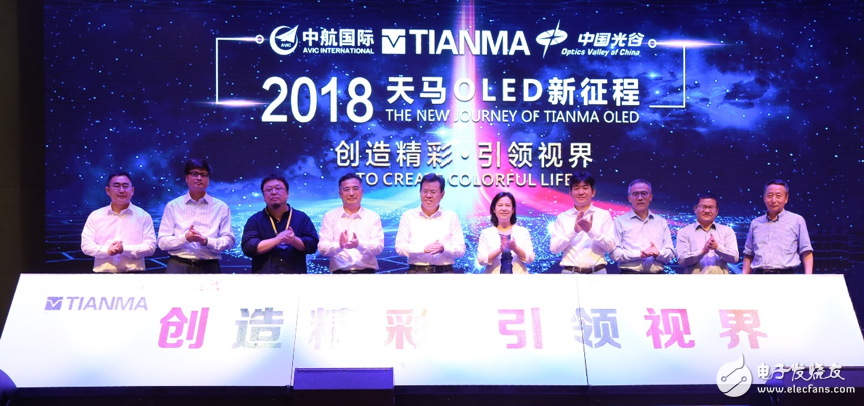
At the mass production ceremony of the Tianma G6 OLED production line, end customers including Huawei, Xiaomi, Lenovo, Asus, and Hammer came to the platform. Ding Xiaohui, vice president of Lenovo, said that the newly released third-generation modular MOTO Z mobile phone is an OLED panel that is mass-produced using the Tianma G6 line.
2020 production capacity of 55 million pieces, output value of more than 18 billion yuan
Since its establishment in 1983, Tianma Microelectronics has continued to focus on small and medium-sized panel displays for the past 35 years. Sun Yongmao, general manager of Tianma Microelectronics, said that the company's comprehensive screen LCD has been introduced to domestic first-line smartphone manufacturers. In 2017, Tianma's comprehensive screen listing project coverage rate exceeded 40%, ranking first in global shipments.
With the upgrade of terminal display technology and Apple's Samsung drive, OLED will become the mainstream technology for small and medium-sized panel display has become the industry consensus. Tianma Executive Vice President has indicated that the signing of the Tianma G6 OLED production line and the second phase investment project will further strengthen Tianma's leading position in the small and medium size panel industry.
It is said that the upgrading of technology requires the guarantee of production line. The Tianma G6 OLED production line has invested RMB 12 billion to re-invest in the full flexible upgrade of the production line. It is expected to be fully mass-produced in 2020 with annual production capacity. With 55 million pieces and an output value of more than 18 billion yuan, this will further satisfy customers' demand for new panel displays.
As the end customer of Tianma Microelectronics, Xiaomi has been working closely with Tianma Microelectronics. Tianma's panels have also been introduced into the Xiaomi series, the Red Rice series, and the Red Rice Note series. Zhang Feng, vice president of Xiaomi Technology, also said at the mass production ceremony that in the future, OLED technology will be the mainstream development direction. Tianma will promote the development of the domestic panel industry by locating OLED and LTPS panel technologies.
Data shows that in 2017, Shen Tianma created the world's first full-screen LCD shipments, LTPS shipments increased steadily and achieved the world's first good results in the fourth quarter; segmented market segments, automotive TFT module shipments China ranks first, and the front-mounted instrument is ranked second in the world.
Layout mainstream display technology, began shipping to customers three years ago
In the future, the display is everywhere. From the era of CRT, to the era of liquid crystal display, to the era of flexible display in the future, display technology has constantly changed the visual experience of people with new application forms. OLED has many unique technical advantages such as high contrast, excellent color performance, ultra-fast response, ultra-thin, low temperature resistance, ultra-low power consumption, etc., and is suitable for flexible, transparent and other new application forms, becoming the next generation of new display technology. Mainstream development direction.
According to IHS data, the mobile smart terminal OLED panel market increased from US$13.6 billion in 2016 to US$20.5 billion in 2017, and is expected to grow to US$47.5 billion in 2021. The compound growth rate will reach 24%. It can be seen that OLED has broad application prospects in the smart terminal market such as high-end smart phones and wearable devices.
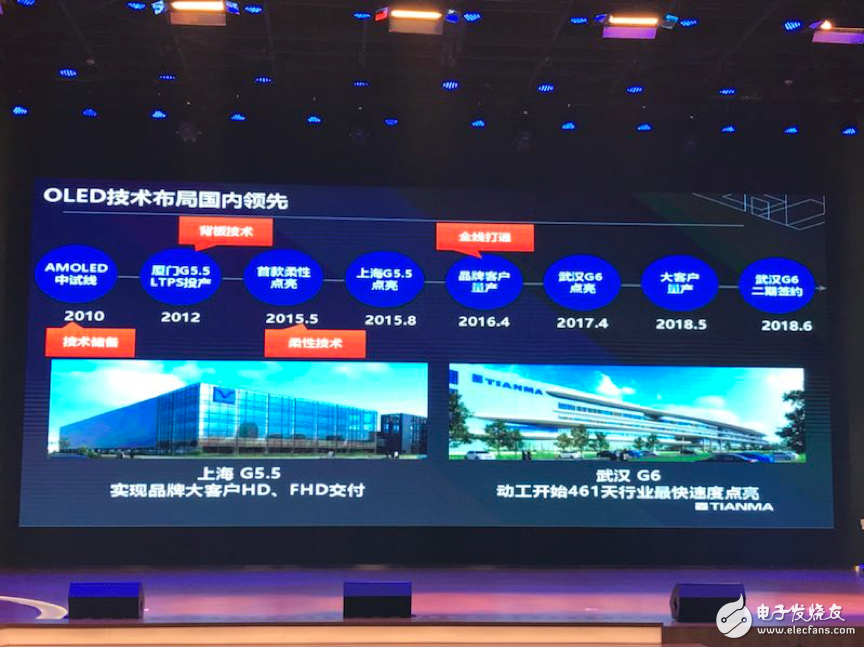
In order to lay out the OLED industry, in 2010, Tianma invested in China's first 4.5-generation OLED pilot line in Shanghai. In 2013, relying on the experience of the G4.5 OLED pilot line, Tianma re-invested in a 5.5th generation OLED mass production line, which has been mass-produced and shipped to major mobile smart terminal brand customers in 2015.
It is understood that the Tianma G6 OLED production line adopts LTPS substrate and has complete core process capability such as OLED evaporation and packaging. It can support the production from rigid OLED to flexible OLED, and can be used for mobile smart terminal products such as smart phones and tablet computers. Emerging market products such as VR and AR, as well as smart wearable and foldable devices, provide high-quality OLED display products.
Specifically, the Tianma G6 OLED production line is a 6.01 inch 18:9 OLED full screen with a resolution of 2160x1080, which can be widely used in the field of smart phones.
In addition, Tianma also signed a "Cooperation Agreement on the 6th Generation LTPS AMOLED Production Line Phase II Project (Wuhan)" with the Wuhan Municipal Government, and plans to increase investment of 14.5 billion yuan to expand the production capacity of the 6th generation LTPS AMOLED production line. After the second phase of the project is completed and put into production, the first and second phases of the 6th generation LTPS AMOLED production line will form a capacity of 37,500 flexible AMOLED display panels per month.
Intensive investment in OLED in mainland China, several major bottlenecks have yet to be resolved
OLEDs have shown strong competitiveness as next-generation display technologies, especially their bendable and foldable characteristics, which have brought more innovation space for electronic form applications. Although the current small and medium OLED market is dominated by Samsung, in the layout of small and medium-sized OLEDs in mainland China, the 6-generation production lines that have been put into production or under construction include BOE Chengdu and Mianyang production lines, and Huihui Optoelectronics Shanghai and Nanjing production lines. The production lines of Kunshan Guoxian Gu'an Production Line, Shanghai Tianma and Huaxing Optoelectronics will gradually increase, and the domestic OLED industry is expected to achieve overtaking.
In the field of OLED, Japan and South Korea have a relatively early layout, and Japanese and Korean manufacturers have a first-mover advantage in the field of OLED. At present, the technology and production capacity of global OLED display products are mainly monopolized by Korean manufacturers. Therefore, for the Chinese panel display industry, the mass production of the Tianma G6 OLED production line still has the significance of breaking the monopoly of the industry.
From the perspective of display technology evolution, OLED as the next-generation mainstream display technology will become the main display technology for high-end mobile intelligent terminals, and will open more new application scenarios to promote the creative innovation of high-end smart terminals. At present, most panel manufacturers in China are investing in resources to expand production of OLED production lines.
The data shows that since 2016, the global new OLED production line investment reached 315.5 billion yuan, of which China invested 256.6 billion yuan, becoming the largest regional investment in AMOLED, including 12 6-generation AMOLEDs worldwide. The mainland occupies seven 6-generation AMOLED production lines. With the gradual release of new production lines in the next few years, the application of AMOLEDs in mobile terminals will gradually penetrate the LCD.
In addition to the field of mobile terminals, the development of in-vehicle display and Internet of Things will expand the application field of display panels, and is expected to lead a new round of growth in the display panel industry. The trend of intelligent and electronic vehicles will inevitably lead to the widespread application of on-board displays. In addition to the trend of “big screenâ€, “multi-screen†is gradually popularized, and the display and life of the display panel are Higher requirements, long certification period, stable supply chain and customer relationship will also make the profit margin of the vehicle display screen more objective.
However, the current AMOLED application is still in the early stage of industrialization development. On the one hand, it is the problem of productivity yield. On the other hand, there are still problems in technology and cost that need to be solved, mainly in the following aspects: First, the technical process of AMOLED backplane Not mature; second, AMOLED display pixel to achieve the choice of technical route; third, AMOLED film formation process route selection; Fourth, the above three aspects, AMOLED cost is still very high. Therefore, it will take time for Chinese panel makers to realize the localization of AMOLED panels.
PCB Connectors: Backplane, Wire-to-Board, Board-to-Board Connectors
These types of connector systems are mounted or processed to a printed circuit board (PCB). There are a variety of PCB connectors and accessories best designed for specific uses. To name some, they include:Din41612 Connector,Board To Board Connectors,battery holders Clips Contacts,Future Bus Connectors,PLCC Connectors.
Din41612 Connector
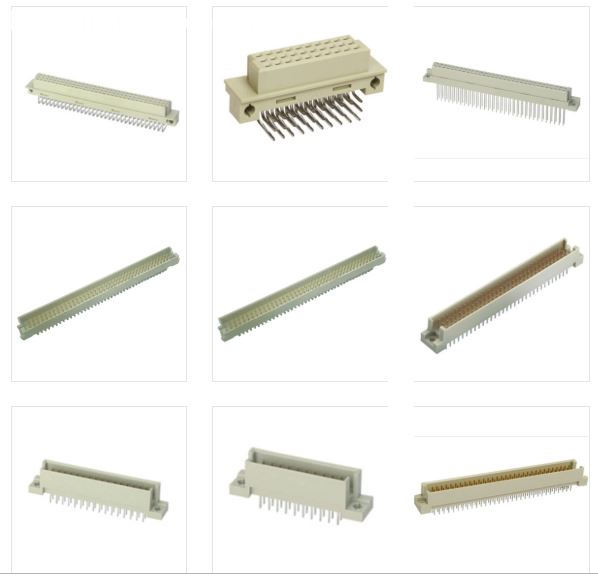
Board To Board Connectors
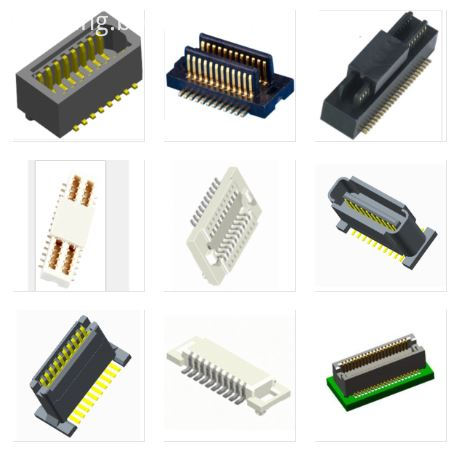
Battery Holders Clips Contacts
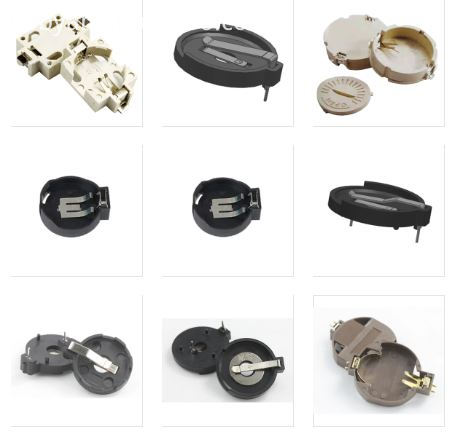
Future Bus Connectors
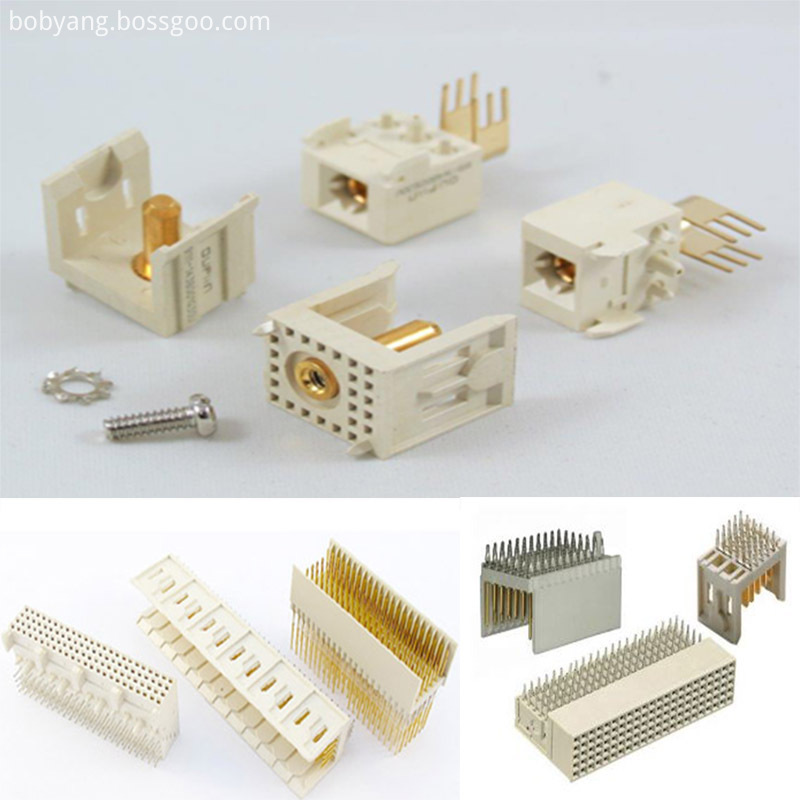
PLCC Connectors
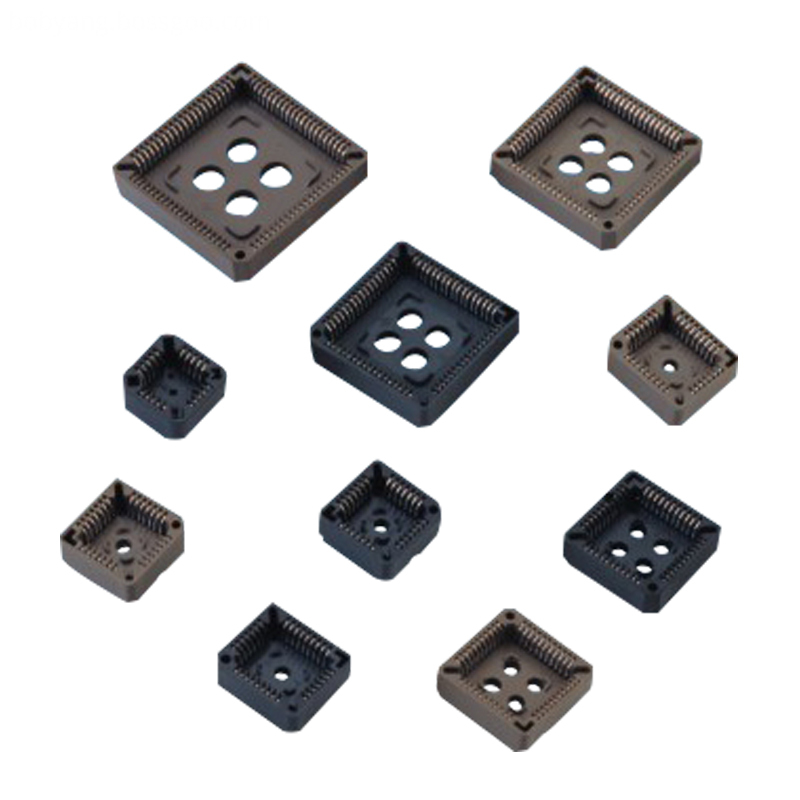
1.ANTENK manufactures a wide range of application specific board stacking PCB connectors which were designed and built to specific customer requirements. Our experienced staff has developed custom products in a variety of contact styles, pitches and stacking heights. Our designs range from new concepts to duplicating existing market products identically or with improvements. Many desigsn are produced using automated manufacturing processes to increase reliability and provide significant cost savings.
2.Our products are widely used in electronic equipments,such as monitors ,electronic instruments,computer motherboards,program-controlled switchboards,LED,digital cameras,MP4 players,a variety of removable storage disks,cordless telephones,walkie-talkies,mobile phones,digital home appliances and electronic toys,high-speed train,aviation,communication station,Military and so on
What is a PCB Connector?
Printed Circuit Board connectors are connection systems mounted on PCBs. Typically PCB Connectors are used to transfer signals or power from one PCB to another, or to or from the PCB from another source in the equipment build. They provide an easy method of Design for Manufacture, as the PCBs are not hard-wired to each other and can be assembled later in a production process.
PCB Connector orientations
The term PCB Connector refers to a basic multipin connection system, typically in a rectangular layout. A mating pair of PCB Connectors will either be for board-to-board or cable-to-board (wire-to-board). The board-to-board layouts can give a range of PCB connection orientations, all based on 90 degree increments:
Parallel or mezzanine – both connectors are vertical orientation;
90 Degree, Right Angle, Motherboard to Daughterboard – one connector is vertical, one horizontal;
180 Degree, Coplanar, Edge-to-Edge – both connectors are horizontal orientation.
Other names for PCB Connectors
PCB Connectors can be known as PCB Interconnect product. Specific terms are also used for the two sides of the connection. Male PCB Connectors are often referred to as Pin Headers, as they are simply rows of pins. Female PCB Connectors can be called Sockets, Receptacles, or even (somewhat confusingly) Header Receptacles.
Din41612 Connector,Board To Board Connectors,Battery Holders Clips Contacts,Future Bus Connectors,PLCC Connectors
ShenZhen Antenk Electronics Co,Ltd , https://www.antenksocket.com